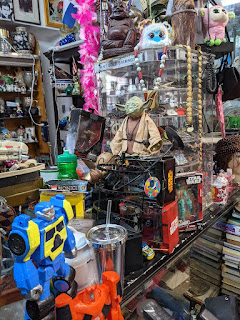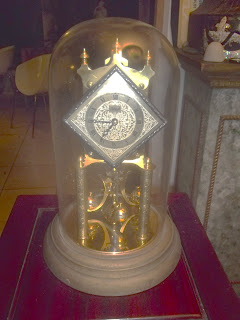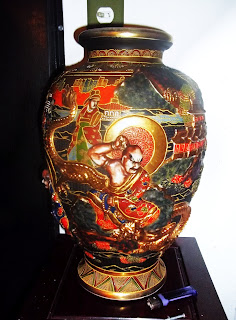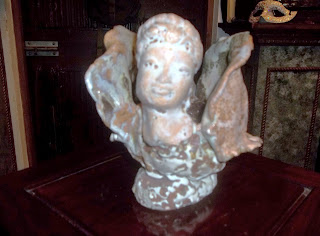In the heart of the Caribbean, where the 500-year-old cobblestone streets of Old San Juan echo with the whispers of history, this ancient fortified served as the backdrop for the filming of "The Rum Diary." This cinematic adaptation of Hunter S. Thompson's novel not only brought the story to life but also left an indelible mark on the vibrant community of Old San Juan, enriching both its cultural tapestry and its local businesses.
Downtown Records, nestled at the crossroads of Calle O'Donell and Calle San Francisco, became a focal point for the film's production. This iconic record store, steeped in nostalgia and brimming with vinyl treasures, served as a main supplier of props for several scenes in "The Rum Diary."
The partnership between "The Rum Diary" production team and Downtown Records proved mutually beneficial, fostering a symbiotic relationship that transcended the boundaries of film commerce. For Downtown Records, the opportunity to be yet again a main supplier of props for a major motion picture was a dream come true.
Moreover, the film's presence breathed new life into the surrounding community, as visitors flocked to Old San Juan to catch a glimpse of the movie magic unfolding before their eyes. Tourists wandered the streets in search of filming locations, soaking in the atmosphere and immersing themselves in the allure of Puerto Rico's historic capital.
Beyond the economic impact, "The Rum Diary" left a lasting legacy of collaboration and camaraderie in Old San Juan. Local residents eagerly embraced the film's production, opening their doors and their hearts to the cast and crew. From sharing stories over cups of strong Puerto Rican coffee to dancing to the rhythms of Bomba y Plena, the people of Old San Juan welcomed their guests with warmth and hospitality, forging bonds that transcended cultural barriers.
In the sun-drenched streets of Old San Juan, where history and culture intertwine, the filming of "The Rum Diary" not only captured the essence of Puerto Rico's charm but also paid homage to the indomitable spirit of its literary inspiration, Hunter S. Thompson.
"The Rum Diary" by Hunter S. Thompson follows Paul Kemp, a young journalist who escapes New York City for a job at a struggling newspaper in San Juan, Puerto Rico during the late 1950s. It is a book of a young Hunter S. Thompson trying to find a voice a s writer while falling in moral ambiguity, commitment, and addiction. Throughtout the book, Hunter S. Thompson paints a very vivid picture of a 1950's Old San Juan, and it is this image that the film "The Rum Diary" brings back to life.
In this sense, "The Rum Diary" became more than just a movie—it became a celebration of Thompson's legacy and a reaffirmation of his enduring relevance in today's world. Through its vivid portrayal of life in Old San Juan, the film captured the essence of Thompson's gonzo journalism ethos, challenging audiences to question authority, defy convention, and embrace the inherent chaos of the human experience.
As the final credits rolled and the cameras ceased to roll, the legacy of "The Rum Diary" lived on in the hearts and minds of those who experienced its magic firsthand. For Downtown Records and the people of Old San Juan, the film was more than just a Hollywood production—it was a beautiful reminder of the legacy of one of the best writers that the twentieth century produced.


























